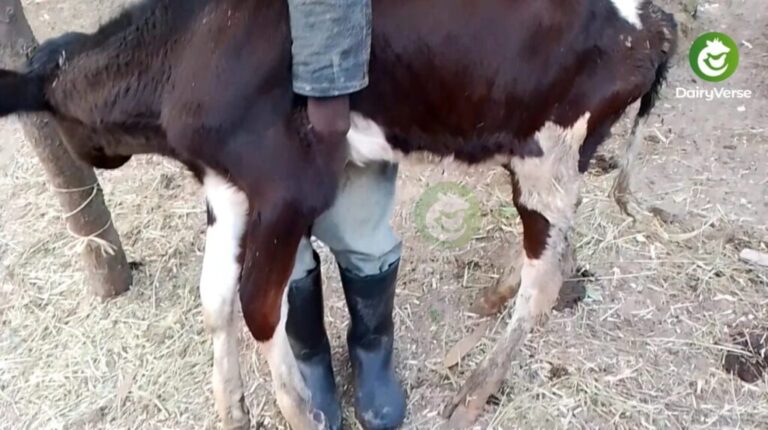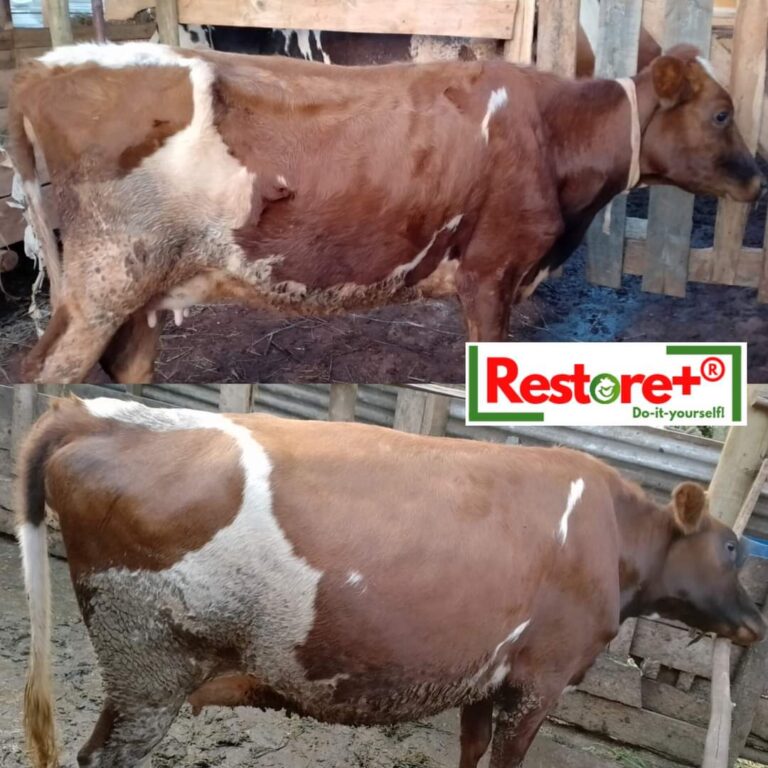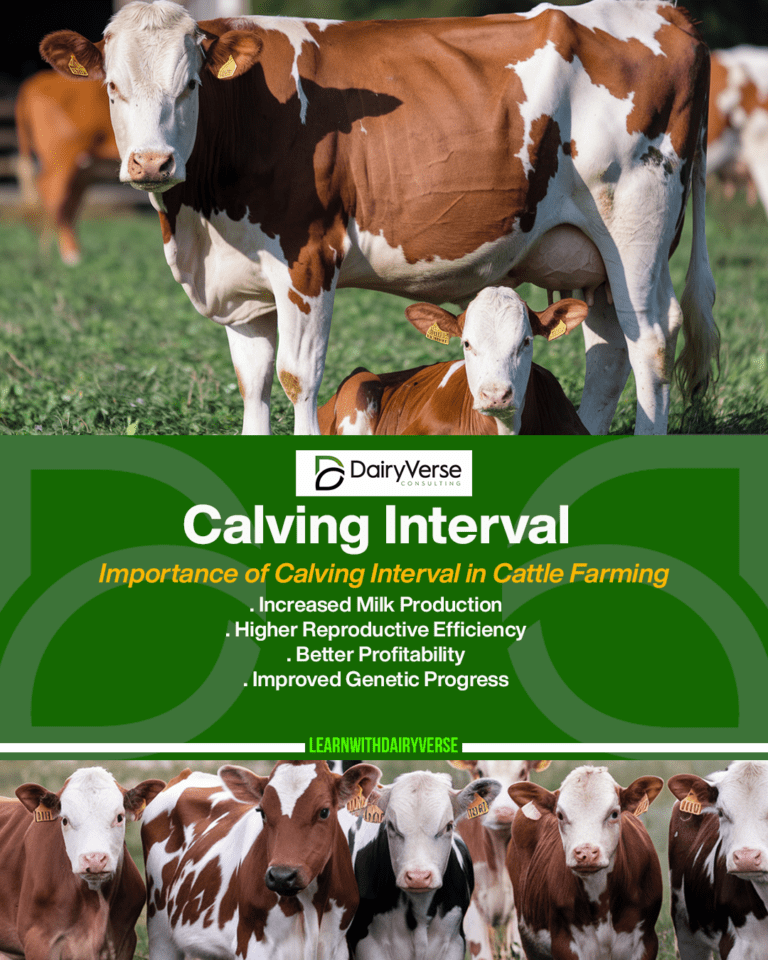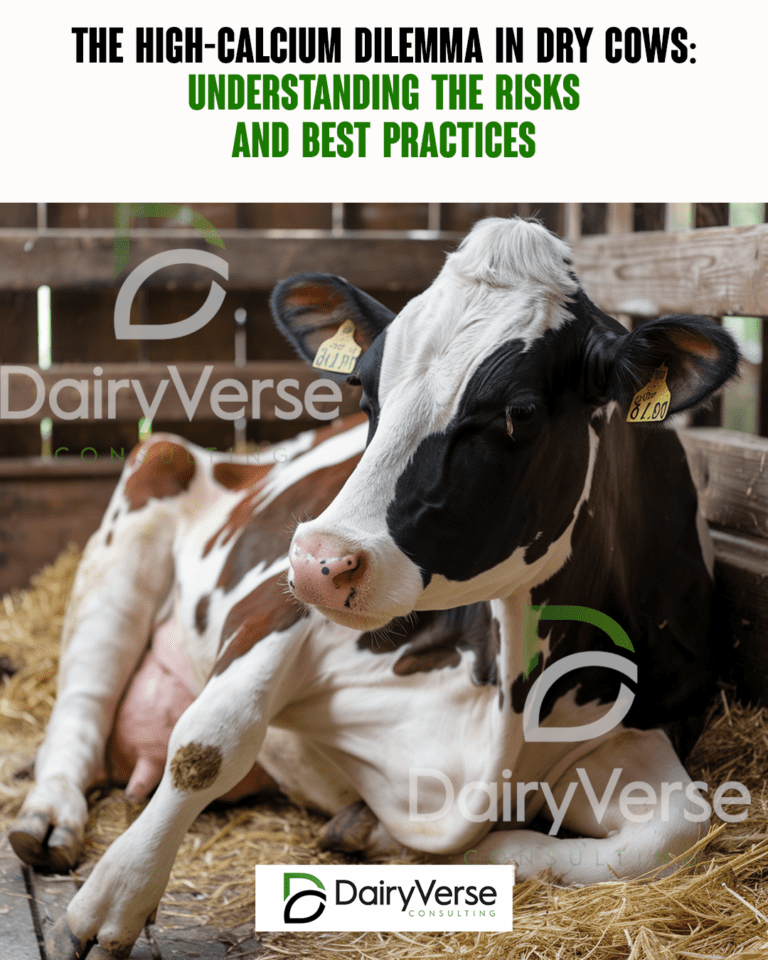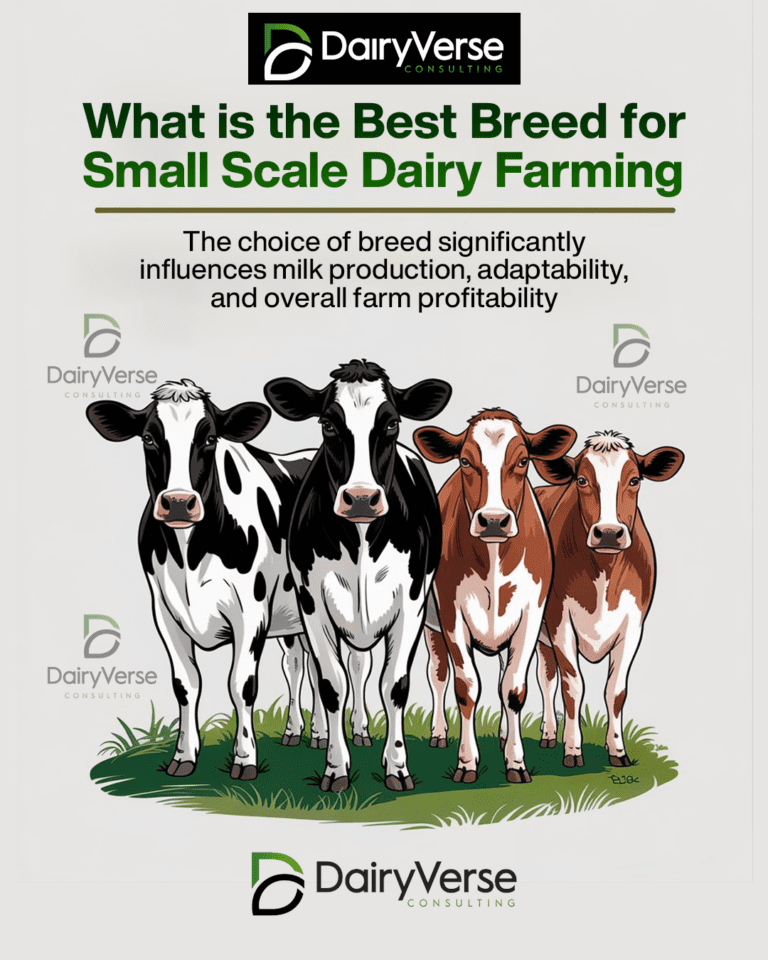Sustainability in Cattle Feeding: The Role of Forages, Byproducts, and Grains
Introduction
Sustainability in agriculture is a growing concern as the world grapples with environmental challenges, resource limitations, and the need to feed a growing population. The beef and dairy industries play a crucial role in this equation, balancing environmental stewardship, social responsibility, and economic viability. One of the key aspects of sustainability in livestock farming is the efficient utilization of feed resources.
Cattle are unique in their ability to convert otherwise indigestible plant materials into high-quality protein for human consumption. This article explores the sustainability of cattle diets, breaking down the composition of their feed and highlighting the importance of utilizing agricultural byproducts and forage.
Understanding Cattle Diet Composition
The diet of cattle, particularly in the beef and dairy industries, is composed of three primary categories:
- Forages and Silage (65%)
- Upcycled Byproducts (25%)
- Grains (10%)
Each component plays a significant role in ensuring that cattle receive proper nutrition while optimizing resource use.
1. Forages and Silage: 65% of the Diet
The majority of a cow’s diet consists of forages, silage, and plants that humans cannot digest. These include grasses, hay, and corn silage. Unlike humans, cattle have a specialized digestive system with a four-chambered stomach, allowing them to break down complex fibers in plant material. This ability makes them an integral part of sustainable agriculture, as they:
- Convert non-edible biomass into food: Cattle turn inedible plants into milk and meat.
- Improve land utilization: They graze on land unsuitable for crop farming, preventing land degradation.
- Enhance soil health: Managed grazing contributes to nutrient cycling and soil fertility.
Without cattle, these fibrous materials would decompose naturally but provide little direct benefit to human nutrition.
2. Upcycled Byproducts: 25% of the Diet
A significant portion of a cattle’s diet consists of upcycled food industry byproducts, including brewer’s grains, citrus pulp, and other food waste that would otherwise contribute to environmental pollution.
By consuming these materials, cattle:
- Reduce food waste: The FAO estimates that approximately 1.3 billion tons of food is wasted annually. Feeding cattle with safe, nutritious byproducts repurposes what would otherwise be discarded.
- Decrease competition for human food sources: Many of these byproducts are not fit for direct human consumption, making cattle an efficient way to convert waste into high-value protein.
- Lower environmental impact: Utilizing agricultural residues helps minimize methane emissions from decomposing organic matter.
Brewer’s grains, for example, are a leftover product from beer production and are rich in protein and fiber. Feeding these to cattle enhances sustainability by integrating food waste management into livestock nutrition.
3. Grains (Corn, Barley, Wheat): 10% of the Diet
Grains such as corn, barley, and wheat make up a smaller fraction of the diet. They are energy-dense and help improve cattle growth rates, milk production, and overall efficiency. While there is concern over the competition between livestock and human food needs, it’s important to note that:
- Grain feeding is used strategically to enhance meat quality and milk production.
- Feed grains differ from human-consumption grains: Many of the grains fed to cattle are low-grade or damaged and unsuitable for direct human use.
- Cattle efficiently utilize grain nutrients, converting them into valuable protein.
Feeding grains in moderation optimizes production while maintaining sustainable feed practices.
Why This Feeding Strategy Matters for Sustainability
Cattle diets have evolved to maximize efficiency while minimizing environmental footprints. The balance between forages, upcycled byproducts, and grains ensures:
- Reduced land competition: Over 86% of global livestock feed consists of materials not suitable for human consumption.
- Lower carbon footprint: Feeding cattle byproducts from other industries reduces greenhouse gas emissions.
- Better resource efficiency: Cattle serve as natural recyclers, making use of waste that would otherwise go unused.
Conclusion
Sustainable livestock feeding is a crucial step toward a more efficient agricultural system. By utilizing forages, food industry byproducts, and limited grain, cattle contribute to environmental conservation and food security. With the growing need to balance nutrition, land use, and climate impact, integrating smart feeding practices ensures that beef and dairy production remains viable for future generations.
The next time you enjoy a dairy product or a beef meal, remember that the cattle behind it have played a key role in recycling nutrients, reducing waste, and promoting sustainability.


